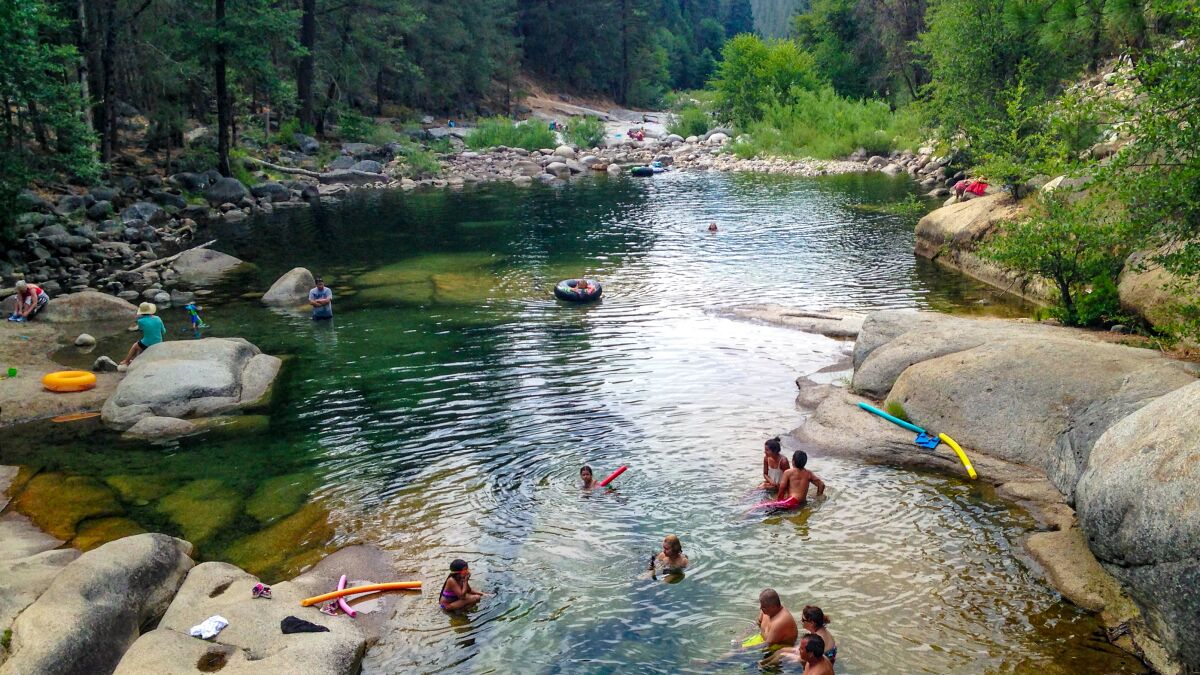
California boasts a myriad of iconic outdoor places – Yosemite National Park, Lake Tahoe, and Big Sur State Park – to name a few. But outdoor spaces closer to home are often what Californians hold most dear. California has nearly 190,000 miles of rivers and more than 3,000 named freshwater lakes and reservoirs that support recreational use. And with summers getting hotter, Californians are looking more than ever to beat the heat at their local waterway.
The state’s Outdoors for All initiative aims to expand parks and outdoor spaces in communities that need them most, supporting programs to connect people who lack access, and fostering a sense of belonging for all Californians outdoors. In 2021, Governor Newsom made a historic $1 billion-plus investment to expand access to parks and open space, creating a once-in-a-generation opportunity to improve outdoor access for all Californians. Now, state agencies are considering a draft Outdoors for All Strategy for the state to take concrete actions toward securing equitable access to nature for all people.
Public access to waterways is already a right California residents enjoy under the state Constitution. Currently, the state has a coastal access program that prevents private development from blocking public access to the ocean and beaches. Unfortunately, no such program exists for inland waterways. This discrepancy manifests as an equity issue: the coastal communities that get access to the beach are often white and affluent, yet inland communities that are not as readily able to access their local freshwater systems tend to be low income and communities of color.
If California is serious about providing outdoor access to all, the state must improve access to our inland waterways. California Coastkeeper Alliance is asking the state to integrate the following actions into its Outdoors for All Strategy:
- Create funding for new access points to freshwater beaches and recreational sites. Under California law, members of the public have a right to access and use state waters without interference from adjacent landowners. To protect the public’s access rights, the state should implement programs that expand and improve management of recreation access sites.
- Develop a public access program for freshwater beaches and recreational areas similar to the existing coastal access program. Currently, the California Coastal Commission secures and safeguards the public’s access rights to the coast. California’s State Lands Commission, which has a similar mandate to protect and promote public access, should explicitly develop an access program for inland waterways.
- Map current freshwater access points and analyze where access needs to be improved. One way to increase recreation in inland waterways is to show the public where they can access them. The State Lands Commission should inventory all freshwater public access sites throughout the state and plot them on a publicly available map. At the same time, the state should analyze and report where access is lacking – particularly in environmental justice communities – and strategize where new access sites can be developed.
- Develop a monitoring and notification program so the inland communities know whether it is safe to go swimming at their favorite freshwater beach. While California has a robust water quality monitoring and posting system for its coastal beaches, it has no such testing system in place for the thousands of freshwater bodies used for body-contact recreation. California should create a uniform set of statewide monitoring standards and protocols that require testing for all freshwater bodies that have a high volume of usage by the general public so that we can all cool off safely in our local watering holes.
For too many Californians, freshwater recreational opportunities and their benefits remain out of reach – particularly for inland, environmental justice communities. California has put a tremendous emphasis on access to the coast, yet fresh waterbodies do not receive the same attention. It is time California provide safe and attainable access to inland, freshwater beaches and recreational sites with the same passion that we provide white, affluent communities access to coastal beaches. We look forward to working with state agencies and Outdoors for All to expand Californians’ access to freshwater recreation in communities that need them most.

Executive Director Sean Bothwell leads CCKA’s initiatives to fight for swimmable, fishable, and drinkable waters for all Californians.



